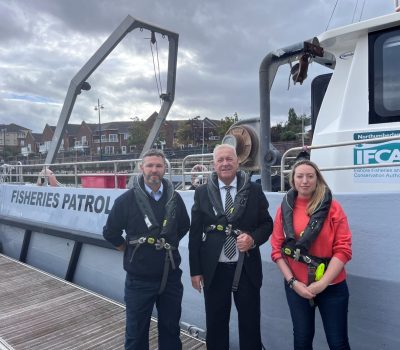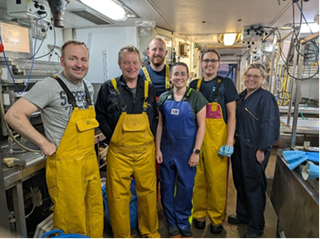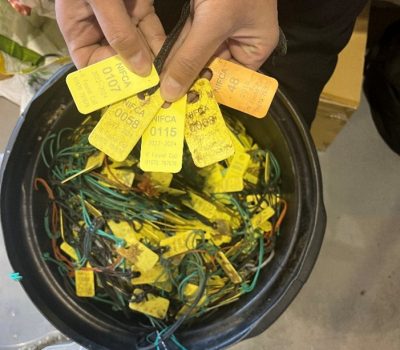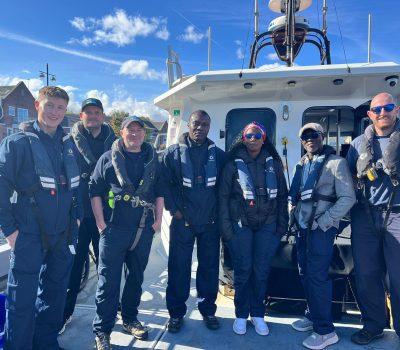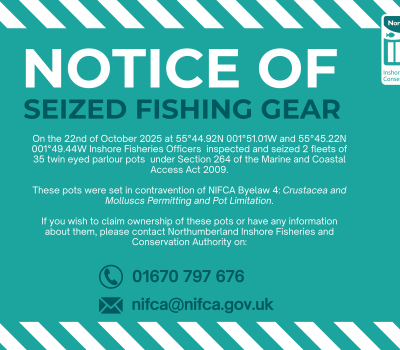Study Probes Health of Brown Crab Stocks Sustaining a Northumberland Delicacy
The fact that hundreds of tonnes of crab are caught every year in Northumberland, and crab is devoured with relish by thousands of holidaymakers to this beautiful region, should make us think whether this natural resource can be lastingly exploited.
Thankfully, a year-long study carried out by the Northumberland Inshore Fisheries and Conservation Authority (NIFCA), the most detailed to date into the Northumberland stock of the brown crab population found off the Northumberland Coast, has signalled that there is a possibility that it might become depleted in future if appropriate measures are not taken in due course. The year-long project was funded by the European Maritime Fisheries Fund (EMFF) and supported by the North of Tyne Fisheries Local Action Group (FLAG).
NIFCA’s Acting Senior Environmental Officer, Andrew Boon, who led the project, explains: “Without this study, there was no region-specific stock assessment of brown crab for the inshore fishery off the Northumberland Coast. This assessment was essential to determine whether brown crab stocks are healthy or in danger of collapse, and therefore what management interventions might be required to ensure the survival of the Northumberland brown crab fishery. What we found was that brown crab stocks fell short of what would be expected in a sustainable fishery, but above the threshold that would indicate a risk of immediate collapse. Whilst no change to management is proposed at this stage, the report recommends that the minimum landing size be increased to 140mm, to allow more of the population to reproduce before it can be landed. Such a change would also closely align with that imposed by our neighbouring IFCA, where the minimum size is already 140mm and in Scottish waters where a 150mm minimum size is imposed. NIFCA proposes to carry out surveys every two years to monitor the trends in the brown crab fishery and work towards a healthy and sustainable local fishery. Using this future research, we hope to build a better understanding of the stock status of the brown crab population, as well as make sure that the appropriate management is put in place to ensure the long-term sustainability of the fishery.”
This longstanding traditional brown crab fishery is a vital component of the inshore fisheries of Northumberland, with landings by vessels in the NIFCA district totalling almost 950 tonnes in 2019.
During the survey, almost 12,000 crabs were sampled offshore and a further 1,800 measured at wholesalers.
NIFCA chief executive Mike Hardy said: “As the body responsible for the management of the inshore fisheries off the Northumberland Coast, from the Tyne to the Scottish borders, we are delighted to publish the findings of our most recent piece of fisheries research. It will provide an evidential baseline for future surveys to help us decide whether further intervention is necessary. I would like to thank crab fishers and wholesalers for co-operating with the research and the interest they have shown in the project. Their interest and engagement in this important work shows their commitment to working for the long-term sustainability of the fishery.”
The full report can be found HERE
Any comments or feedback on this study should be sent to nifca@nifca.gov.uk


